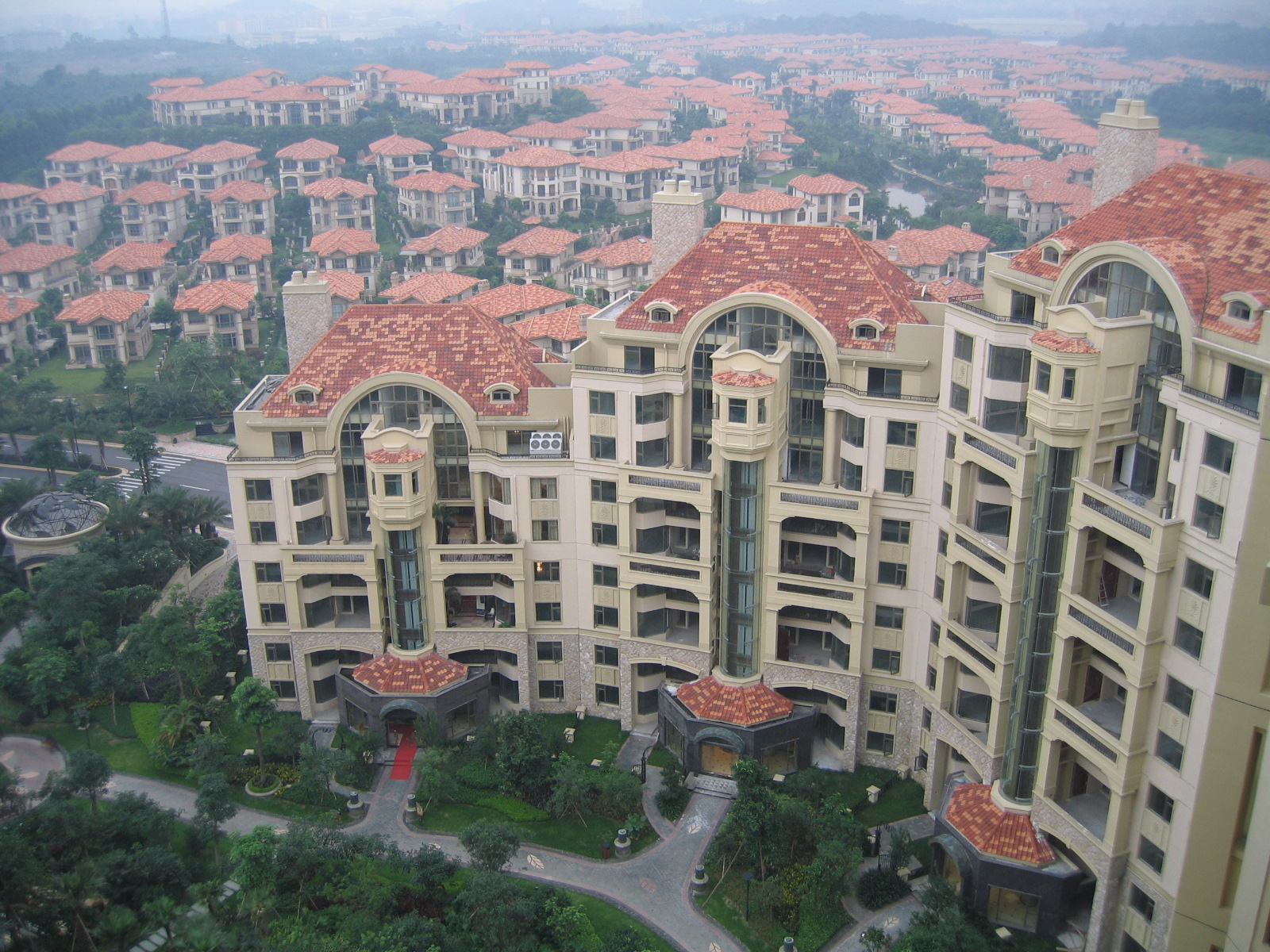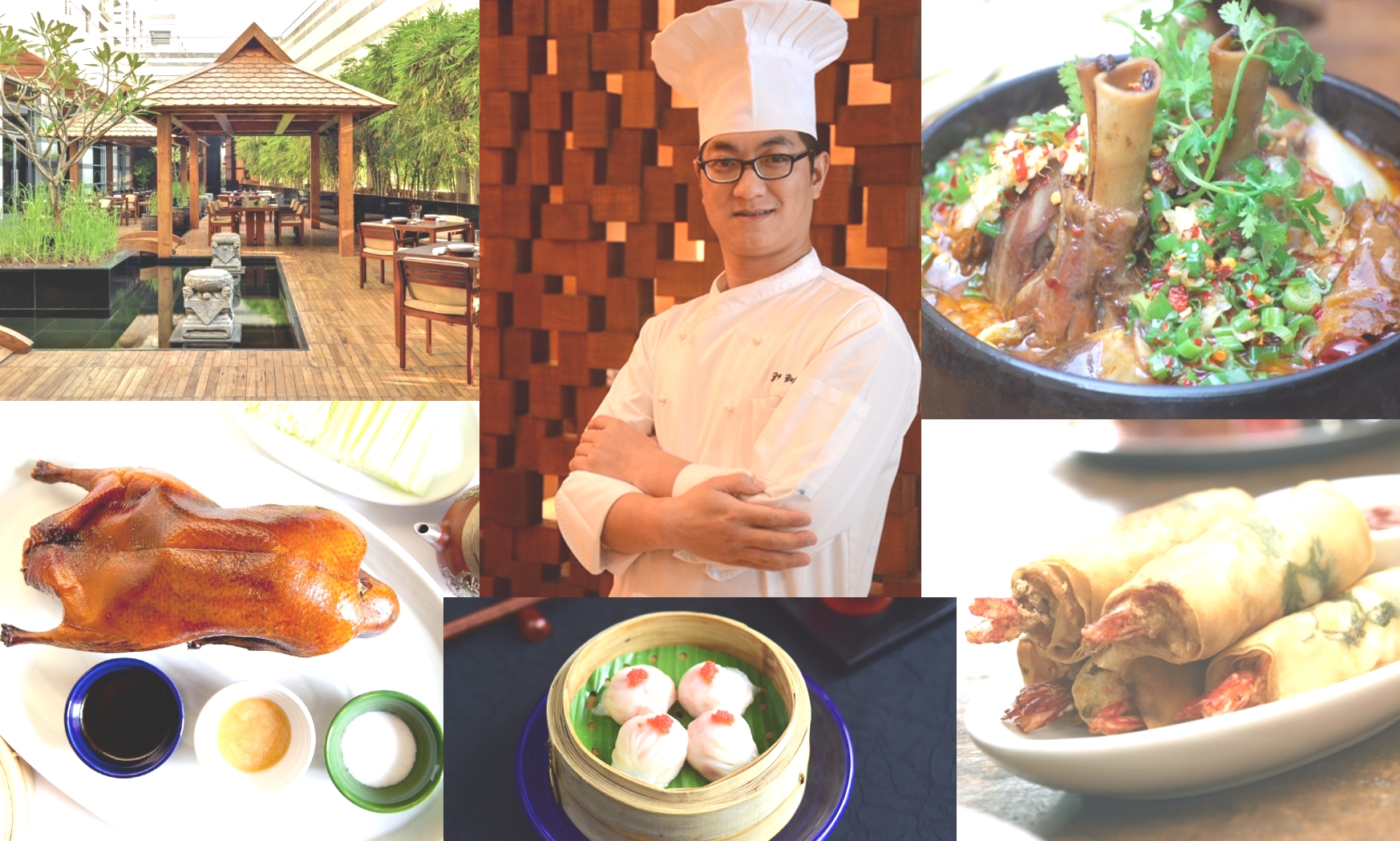Table Of Content

At her request, curator at the Smithsonian Institution, Margaret Klapthor, spent several weeks at the White House helping to identify and arrange the pieces in the collection. In return, the White House agreed to lend to the Smithsonian Institution pieces of state services not then represented in the museum collection. In making an inventory in 1901 he found comparatively little china left in the house from previous administrations. Before his appointment, Bingham had served as a military aide in the American embassies in Berlin and Rome, where he was impressed with the care given to royal palaces and their furnishings, and he felt such care was lacking at the White House. During the summer of 1901, Bingham expressed his feelings to Abby Gunn Baker, a journalist who specialized in historical subjects.
什菜牛 A21. Beef with Vegetables
The Lilong appeared as a response to the increase in Shanghai’s population in the mid-19th century (as a result of people fleeing the Taiping Rebellion). In the end the house used to have a small sanctuary dedicated to the family ancestors. The larger the family, the larger the courtyard house, which could be enlarged by building more courtyards and rooms as the family grew. Some have nothing to do with the typical Chinese traditional house, an example of this are the Tulou of which we will talk later.
虾龙糊 A37. Shrimp with Lobster Sauce
The majority of the Chinese population of cities now live in flats of large apartments or skyscrapers, like most of us. At first glance it seems that these houses are going to fall as they are supported by simple wooden columns. The ground floor is usually used as a warehouse, while the second and third floors are for the inhabitants of the house and their families. Diaojiaolou are ancient Chinese houses built by the Miao minority in southwestern China. They are usually built of wood near mountains and rivers, usually with an extended floor space. The Loess plateau has a fertile clay soil, which makes it very useful for both cultivation and digging.
A Tour of the White House

This photograph of the China Room was taken in 1918 during the Woodrow Wilson administration. First Lady Edith Bolling Galt Wilson was the first to display the china in this room in 1917 and today every president is represented in the room, though not all designed and purchased a state service during their administrations. He suggested she write a story about the presidential china in the White House in the hope that the resulting attention would lead to its preservation. According to Mrs. Baker, he said that “if somebody does not do that pretty soon, there won’t be any left to preserve.”4 Delighted with the opportunity, she told him that before writing the piece, she would have to study the ware in the house and the records concerning it. The house in which the President of the United States lives has always had a great fascination for American citizens who have come to feel they share in the ownership of the Executive Mansion. Throughout its more than 200 year history, the style in which the house is furnished has been determined—to varying degrees—by the money appropriated by Congress from public funds.

Fried Rice
Once you crossed the main door some found in a small room intended for visitors. This dinner plate was purchased during the McKinley administration and features a blue-green border and gilt scrolls. By the middle of the nineteenth century, china was sought after at these auctions and cherished for generations by the families who acquired it, but often the purchasers knew little about the history of their prized possessions. The lack of mobility of nineteenth-century Americana resulted in a heavy concentration of these early collections in the Washington area. In the beginning of the White House story, it was Congress that made it possible for the public to acquire articles used in the President’s House.
牛蓉蛋 99. Beef Egg Foo Young
That’s why the people who lived in that part of China decided to make their houses under the soil instead of on top of it, because it was easier. The further you went into the house, the more private the room in question became. The closer you were to the family, the more they let you into the house, allowing you to be received in their second courtyard. The buffet, with heaps of fried food, steamed vegetables and meats in a variety of sauces, was the marquee attraction.
肉蓉蛋 A 6. Pork Egg Foo Young
He says he’s a self-proclaimed promoter for people raising families in the Valley, and is proud of his own experience doing so. The inner courtyard of the tulou may be “empty” or full of other smaller communal buildings. Chinese Yaodong houses protect from both cold and heat when they are underground. In the north there are villages where there are only Yaodong cave houses, which are very attractive for tourism.
Abby Gunn Baker’s association with the collection continued until her death in 1923. She publicized the search in the public press, descendants of the presidents were contacted, and contributions were sought openly. Nothing was to be bought, for Mrs. Roosevelt’s instructions were that pieces must be either given or loaned. In an effort to form a collection representing every administration, Mrs. Baker and Mrs. Roosevelt accepted china that was privately owned by the earlier presidents as well as that purchased with government funds. Mrs. Roosevelt had the collection designated official government property and placed with other White House furnishings under the care of the commissioner of public buildings and grounds to ensure that it would be a permanent feature at the White House. This was the beginning of the collection displayed in the China Room at the White House today.
水煮杂菜 D1. Steamed Mixed Vegetables
With this edition we have added additional references to privately owned china—each of which has a particular reason for being included. By the beginning of the Wilson administration, the collection had grown to fill four small cabinets in the downstairs corridor. First Lady Ellen Wilson suggested renovating a Ground Floor room to permanently display the collection, but her death soon after delayed implementation until 1916–17, when the China Room plans were executed with the support of President Wilson’s second wife, Edith. Orange print indicates hot and spicy.Any dish may be ordered hot and spicy.We do not use MSG. Sun is fond of talking about employees he’s worked with over the years, and is especially fond of talking about his three children.
Traditional Chinese houses often come to mind when we first think of Chinese culture. This cabinet in the China Room contains the personal services of President George Washington and President John Adams. Attain harmony of taste, texture, colorand aroma in every dish.Healthy food made from fresh ingredients. Another ad from a decade ago shows Sun, in Bob Rossian fake fro and beard, dabbing soy sauce onto a canvas using “happy little eggrolls.” Another spoofs South Korean artist Psy’s 2012 hit “Gangnam Style” — rechristened “House of China Style” for Sun’s purposes. A migrant from Taiwan, Sun built a thriving business and carved out a home for himself in McAllen, which welcomed him back warmly.
US legislators vote to ban TikTok unless it severs ties with China - New Scientist
US legislators vote to ban TikTok unless it severs ties with China.
Posted: Wed, 13 Mar 2024 07:00:00 GMT [source]
These Chinese houses were built between the 12th and 20th centuries in the Fujian and Guangdong regions. For thousands of years, the Chinese of the Loess Plateau have built their houses in caves called Yaodong. These Chinese houses are built vertically downwards forming a sunken courtyard that has horizontal and vertical rooms on its sides. These traditional Chinese houses are built on a horizontal axis with the main door always facing south, according to the principles of Feng Shui.
The act of March 3, 1797, which granted John Adams funds to furnish the President’s House, also allowed him to sell things that were worn out, out of style, or unusable. The proceeds could be put towards a so-called “furniture fund,” and the sales, often in the form of a public auction, gave the public a chance to buy the White House furnishings acquired with public funds. Chinese architecture in reference to their houses has changed a lot throughout history, more so than we have been in the last century.
The term "china," used throughout this book, can be defined as both porcelain and earthenware used for table services at the Executive Mansion. The term acquired this meaning as early as 1889 when Theodore R. Davis wrote his first articles on White House China for The Ladies Home Journal, and it was continued by Abby Gunn Baker and the other writers of the early twentieth century. It is still in use today at the White House where the terms "China Room" and "The White House China Collection" include both porcelain and earthenware used on presidential tables from 1789 to the present. The places of purchase, the types of china being used, the pieces which make up a dinner service and its design, tell much about the material culture and the social customs of our country.
There are countless types of traditional Chinese houses, both old and new and modern models. Virtually every province and region of the country has different old Chinese houses. In this article I will try to summarize the most famous and typical Chinese traditional houses of the country. The early editions of this book were confined to a study of china purchased specifically for the President’s House.
However, some modern Chinese architects have wanted to mix the traditional with the new in many of their projects. One of the most famous is the Tea House project, a house located south of Tiananmen Square. Legend has it that these houses were built one floor above ground level because their first inhabitants had to defend themselves from wild animals. The alleys are part of the house, where food is prepared and children are raised, but the interior of each house is private.

No comments:
Post a Comment